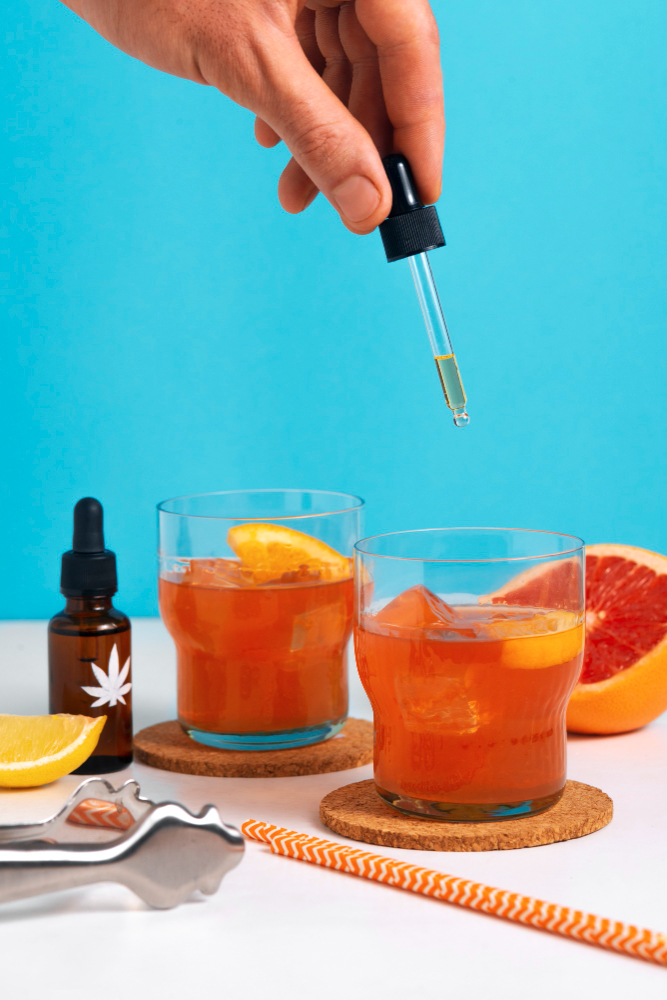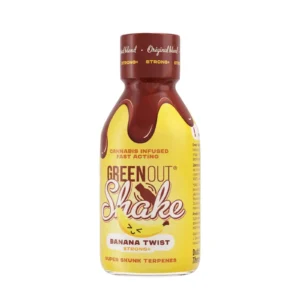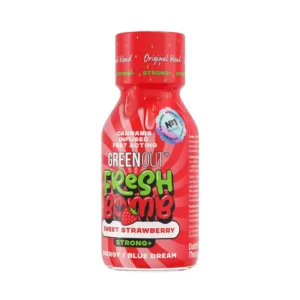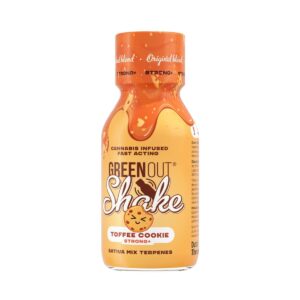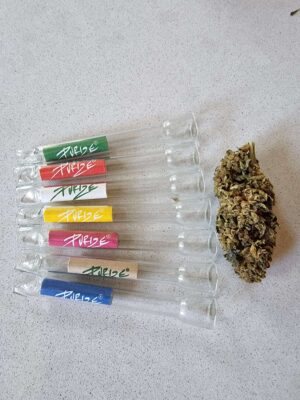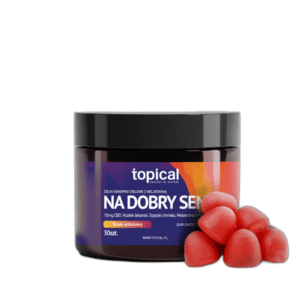Mixing alcohol and marijuana, known as "crossfading," is a practice that has gained popularity, especially among young adults. Both substances are widely used: alcohol is legal and socially acceptable in Poland, while marijuana, despite its medical legalization in 2018, remains illegal for recreational use.
The combination of these substances can lead to unique effects that differ from those produced by each of them separately.
In this article, we will discuss how such a connection works, what risks it carries, the legal aspects in Poland, and share practical tips on how to minimize potential risks. The goal is to provide reliable information to help you make informed decisions.
How does mixing alcohol and marijuana work?
Alcohol and marijuana affect the body in different ways, and their combination can lead to complex interactions. Alcohol is a depressant that slows the nervous system, affecting coordination, judgment and reaction time. Marijuana, thanks to its THC (tetrahydrocannabinol) content, produces psychoactive effects such as euphoria, altered perception and relaxation. According to studies, such as the 2023 review, the effects of their combination can be additive or even counteract each other, depending on the circumstances.
The order of consumption matters
- Alcohol before marijuana: Alcohol consumption increases THC absorption, which can intensify the "high." A 2015 study found higher concentrations of THC in the blood after alcohol consumption compared to placebo. This can lead to the so-called "green out," or symptoms such as nausea, dizziness, sweating or anxiety.
- Marijuana before alcohol: Marijuana can delay feelings of alcohol intoxication, which increases the risk of excessive drinking. A 1992 study found that marijuana slows the rise in blood alcohol levels after large doses of alcohol, which can make the user unaware of how drunk he or she is.
Short-term effects
The combination of these substances can lead to greater cognitive and motor impairment than either substance alone. Symptoms include:
- Weakened coordination: Difficulty moving or performing precise tasks.
- Disorders of judgment: Increased risk of making risky decisions, such as unprotected sex and driving.
- Physical symptoms: Nausea, vomiting, dizziness, sweating, rapid heartbeat or anxiety.
Long-term effects
Regular mixing of alcohol and marijuana can lead to more serious consequences:
- Increased risk of addiction: A 2017 review indicates a higher risk of addiction to one or both substances with regular co-use).
- Decreased cognitive function: A 2011 study found worse cognitive performance in those who combined alcohol and marijuana compared to those who used alcohol alone.
- Changes in the brain: Long-term co-use can lead to changes in the hippocampus and cognitive decline.
Health risks
Mixing alcohol and marijuana carries both short-term and long-term health risks that can significantly affect the user's well-being and health.
Short-term risk
- Increased impairment: The combination of these substances can cause difficulty concentrating, remembering and driving safely. A 2013 study found that the combination of THC and alcohol impairs driving ability by 21% at low doses of THC and by 17% at high doses, especially at night.
- Risky behavior: Cohabitation increases the likelihood of risky behavior, such as unprotected sex, which can lead to sexually transmitted diseases or unwanted pregnancies.
- "Green out": Symptoms such as tremors, chills, rapid heartbeat, nausea, vomiting, anxiety or paranoia are common, especially when consuming alcohol before marijuana.
- Alcohol poisoning: Marijuana can inhibit the vomiting reflex, increasing the risk of alcohol poisoning, which manifests as vomiting, disorientation, convulsions, slow breathing, blue lips or unconsciousness.
Long-term risk
- Mental health problems: Co-abuse, especially in young people, can increase the risk of behavioral problems and psychosis.
- Addiction: Regular mixing increases the risk of addiction to alcohol, marijuana or both substances.
- Changes in brain structure: Long-term co-use can lead to changes in the hippocampus and cognitive decline.
| Risks | Short-term effects | Long-term effects |
|---|---|---|
| Functional impairment | Weakened coordination, difficulty concentrating | Deterioration of cognitive function |
| Mental health | Anxiety, paranoia, confusion | Risk of psychosis, behavioral problems |
| Addiction | Increased consumption of both substances | Higher risk of addiction |
| Physical symptoms | Nausea, vomiting, dizziness | Liver damage, brain lesions |
Legal aspects in Poland
In Poland, possession of marijuana for recreational purposes is illegal and punishable under the Anti-Drug Addiction Act. Since 2011, prosecutors can waive prosecution for possession of small amounts, but the decision depends on the circumstances.
Medical marijuana has been legal since 2018 and can be prescribed for conditions such as chronic pain and epilepsy. Alcohol is legal for those over the age of 19, but consuming both substances in public or driving under their influence can result in serious legal consequences, including fines or imprisonment.
Driving under the influence of alcohol or drugs, including marijuana, is severely punished. The blood alcohol limit is 0.02%, and there is a zero tolerance for drugs.
Social and cultural perspectives
In Poland, alcohol is deeply ingrained in the culture, and its consumption is socially accepted. Marijuana, despite its growing popularity among young people, is still stigmatized because of its illegal status.
According to 2015 data, some 25% young people in Poland have tried marijuana at least once in their lives, indicating a significant increase over the past two decades. In 2018, 13% young students reported using marijuana between 3 and 9 times. With the legalization of medical marijuana and global trends, attitudes toward marijuana are slowly changing, but the debate over recreational legalization remains controversial.
Tips and strategies for minimizing risk
If you decide to mix alcohol and marijuana, here are some tips that can help minimize your risk:
- Start with small doses: Use small amounts of both substances and observe the body's reaction.
- Don't drive vehicles: The combination of these substances significantly increases the risk of accidents.
- Drink water and eat before consuming: Hydration and a full stomach can reduce side effects.
- Have a safety plan: Make sure you have a sober person who can help if needed.
- Consider the order of consumption: Studies suggest that consuming marijuana before alcohol can reduce the amount of alcohol consumed.
- Consult your doctor: If you are taking medications, talk to your doctor, as the combination may affect their effectiveness.
Mixing alcohol and marijuana is a complex issue that requires awareness of potential effects and risks. The combination can lead to stronger effects, but also to serious health and legal consequences, especially in Poland, where recreational marijuana is illegal.
Understanding the interactions between these substances, following safety precautions and being aware of local regulations are key to making responsible decisions. If in doubt, consult your doctor or addiction specialist for professional support.
